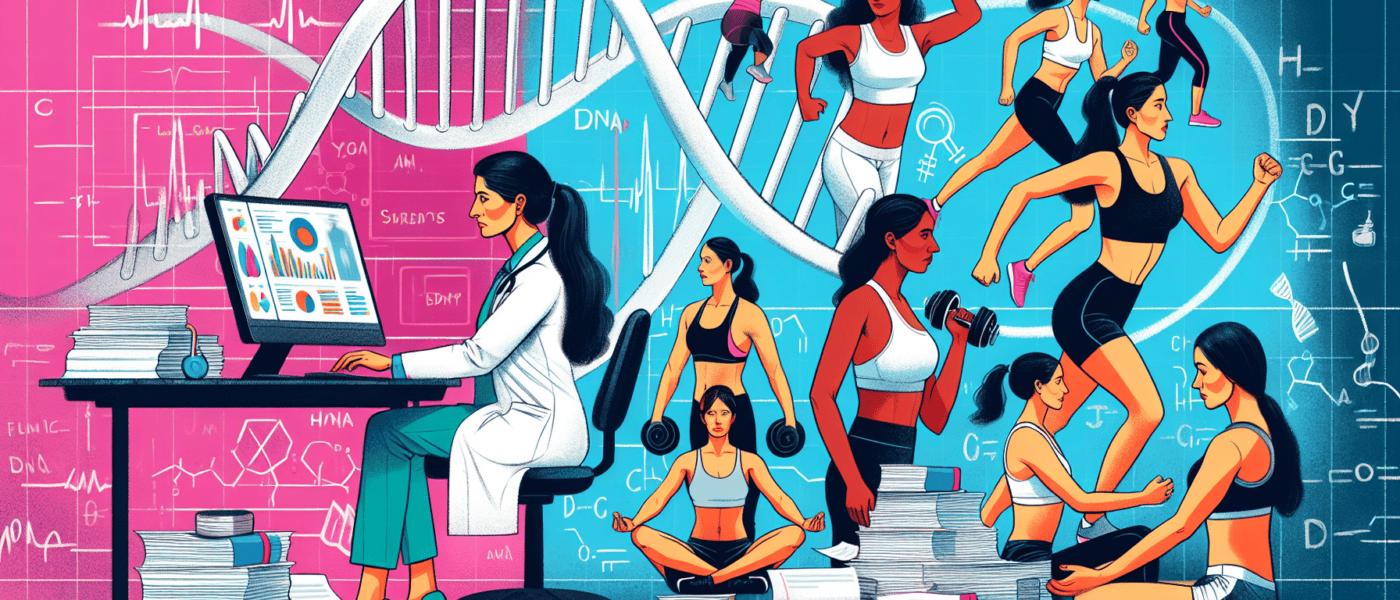Persistent Health Gap for Women Highlights Need for Sex-Specific Research and Customized Fitness Approaches
Persistent Health Gap for Women and the Need for Sex-Specific Research
For too long, women’s health has been treated with a one-size-fits-all approach, often leveraging data predominantly based on male physiology. This historical oversight has resulted in the underdiagnosis and undertreatment of conditions such as heart attacks and menopause-related challenges. As women approach and surpass the age of 50, the need for sex-specific research becomes even more critical. Women’s physiology differs significantly from men’s, and these differences must be acknowledged to offer more effective health outcomes and treatments.
Addressing these disparities calls for intentional research that dives into the nuances of women’s health. For instance, investigating the manipulation of gut microbiota to lower breast cancer risks or exploring the efficacy of green tea compounds in treating uterine fibroids are avenues which cater specifically to women’s health needs. These ongoing research efforts signify progress towards a more inclusive understanding of women’s health.
Exercise and Recovery: Customized Fitness Approaches
Strength training and high-intensity workouts stand out as pivotal fitness strategies for women over 50. Strength or resistance training is essential to counteract muscle mass loss and fat gain commonly associated with menopause. By building lean muscle mass, women can reduce the risk of conditions like dementia and improve overall bone health. High-intensity interval training (HIIT) is another crucial component, aiding in raising metabolic rates, reducing visceral fat, and enhancing cardiovascular health.
Recovery from exercise is yet another area where sex differences are evident. Women recover from physical exertion differently than men, which underscores the necessity for tailored exercise programs. Customized fitness regimens that consider these recovery differences can prevent overtraining and ensure optimal health benefits. The recognition of these distinctions is paramount, especially when promoting physical activity to improve quality of life and reducing the risk of chronic diseases such as type 2 diabetes.
An interesting dimension to consider is the use of personalized approaches to encourage physical activity. Techniques such as sending customized text messages have proven effective in motivating increased physical activity among women, particularly those managing heart problems or chronic conditions. This personalized touch, combined with a focus on physical activity, underscores the tailored health strategies necessary to meet the unique needs of aging women.
As the healthcare landscape continues to evolve, the growing interest in products and services addressing menopause and other women’s health issues cannot be overlooked. From digital tools to wearable devices, there are innovative solutions designed to meet these specific needs, representing an important step towards comprehensive and inclusive women’s healthcare.
